The other day, my husband, daughter and I rode our Harleys up to visit some friends in Columbus, and had the chance to partake in some tasty history there at Schmidt’s Sausage Haus. Located in historic German Village, Schmidt’s is a well-known foodie landmark, thanks in part to the Travel Channel’s Man vs. Food. This is what led us there as well.
We arrived at Schmidt’s around 2PM, hoping such an off time would result in an easy in. We had a half hour wait for our party of five, so we went and checked out Schmidt’s Fudge Shop, across the street, where an integrated paging system would alert us to our table being ready. Once we were seated a half hour later, to the minute, we learned that a half hour wait time at any time on a Saturday was short. Our server told us the typical Saturday wait time, even at 2pm, was two hours!

DH and I pose in the photo frame stand outside the restaurant
However, once we were seated, the wait time was almost nothing. My husband, daughter, and both our friends chose the Autobahn Buffet, which featured four types of sausage, sauerkraut, chicken, potato salad, and tons of choices for traditional salads. The latter was especially appreciated by one of our friends who, in a twist of irony, is vegan. She’d insisted it was no problem to go to Schmidt’s, when we asked, as she’d figured she could get a side salad then something at home later, if need be. No worries – she found plenty to fill up on in the salad bar! Schmidt’s also has Mountain Dew, which is always a plus for me. 🙂
To my surprise, my meal arrived just a few minutes after the others had loaded up their plates at the buffet. I had the Hoffbrau Schnitzel, which was pork tenderloin with mushroom gravy. Yum! But the best part was dessert – our group minus my vegan friend split two of Schmidt’s legendary half-pound cream puffs, which were featured in coconut that day – my favorite! There were four impending food comas afterward, which we managed to shake off by going bowling. Good weather, good ride, good time, good friends, good food. Can’t ask for a better Saturday!
There are a couple other restaurants in Columbus that have been featured on Man vs. Food, which is one of my family’s favorite shows, so we plan to visit those in the future. Dayton has yet to be featured on a show like this. Has your hometown had any local eateries featured on a national TV show, and if so, have you been there?





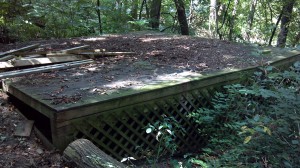 The trail winds up the hill and around the parking lot, close to South Dixie Drive. It then leads past the neighboring
The trail winds up the hill and around the parking lot, close to South Dixie Drive. It then leads past the neighboring  One of the fun things about writing (and reading) time travel stories is the whole fish-out-of-water aspect, especially when someone goes into the future. There is one scene in
One of the fun things about writing (and reading) time travel stories is the whole fish-out-of-water aspect, especially when someone goes into the future. There is one scene in 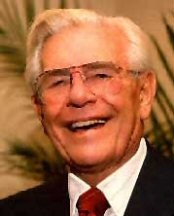

 On another note,
On another note, 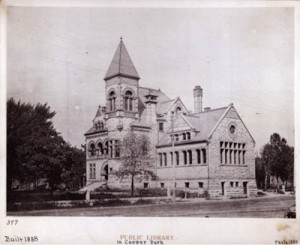 The precursor to
The precursor to 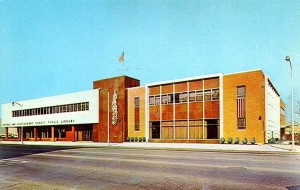 The library is once more outgrowing its downtown location, and
The library is once more outgrowing its downtown location, and 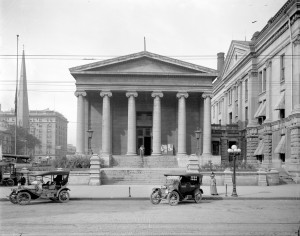
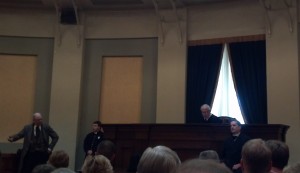
 I’m currently working on revising Time’s Fugitive, my second time travel romance, and sequel to my upcoming release,
I’m currently working on revising Time’s Fugitive, my second time travel romance, and sequel to my upcoming release, 
 For example: On Tuesday night, DH suggested going out to dinner. The Schedule allows for an hour for dinner, which includes spending time with and feeding the critters. It also allows an hour for chores. However, going out to dinner took two hours, as we met friends and had a couple beers too. So that night, something had to be sacrificed from the schedule: chore time. (Hint: any time something disrupts the schedule and something’s gotta go, chores wins, hands-down, unless there’s something there that can’t be put off, i.e. paperwork/bill paying when the bills are due within a few days.) On another day, I ended up doing unplanned mom-taxiing (and I think that was a day the paperwork couldn’t be put off), so writing business got left off. No problem there – I have it on the schedule every night, but honestly, there isn’t business stuff that needs to be done every night.
For example: On Tuesday night, DH suggested going out to dinner. The Schedule allows for an hour for dinner, which includes spending time with and feeding the critters. It also allows an hour for chores. However, going out to dinner took two hours, as we met friends and had a couple beers too. So that night, something had to be sacrificed from the schedule: chore time. (Hint: any time something disrupts the schedule and something’s gotta go, chores wins, hands-down, unless there’s something there that can’t be put off, i.e. paperwork/bill paying when the bills are due within a few days.) On another day, I ended up doing unplanned mom-taxiing (and I think that was a day the paperwork couldn’t be put off), so writing business got left off. No problem there – I have it on the schedule every night, but honestly, there isn’t business stuff that needs to be done every night.
